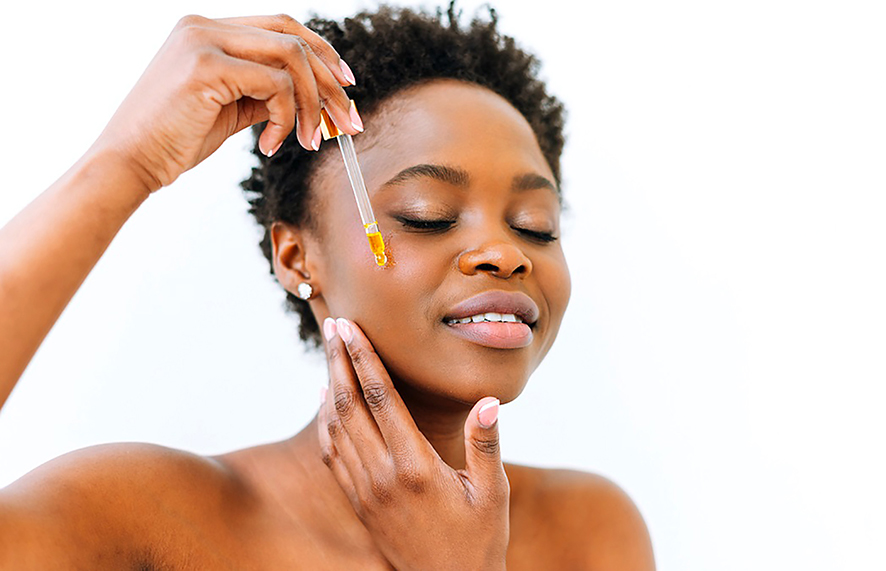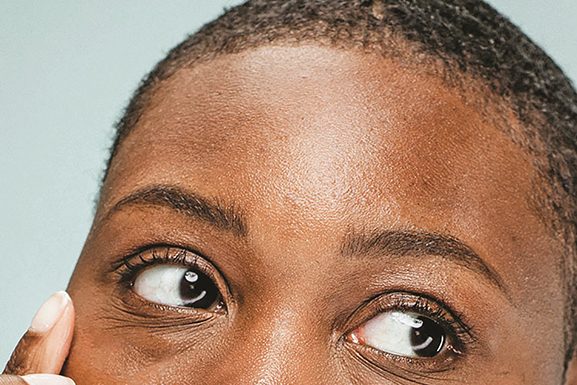In a world obsessed with the quest for flawless skin, hyperpigmentation has become a horror for many women.
Hyperpigmentation is when dark spots or patches develop on the skin.
For a long time, the condition was thought impossible to treat from home but Dr Alek Nikolic, an aesthetic medicine specialist, says it is possible.

treatment from
home is possible.
He says hyperpigmentation is caused when a skin responds to injury or inflammation by overproducing a pigment called melanin.
The overproduced pigment would manifest on the skin as discolouration and this is called inflammatory hyperpigmentation.
Pregnancy has also been reported to be one of the chief causes of the skin condition where is usually referred to as the “mask of pregnancy” or by its scientific name, melasma.
It is caused by the fluctuation of hormones, and Dr Nikolic says it will often go away on its own after breastfeeding has stopped, though it can sometimes remain and get darker as the affected skin gets exposed to the sun.
Some of the other causes of hyperpigmentation include inflammatory skin conditions such as adult acne, trauma to the skin, lasers and sun damage.
“Though hyperpigmentation can affect everyone, people with darker skin tones are more prone to experiencing it, as they have more active melanocytes, which are also known as pigment-producing cells,” said Dr Nikolic.
The condition is not restricted to darker skin tones but is said to be more severe and harder to treat in darker people.
There are a few treatments that one can try at home before heading to the dermatologist, but one must be careful not to cause any more inflammation.
Kojic acid, niacinamide and vitamin C are the super trio of ingredients that boast healing properties in the battle against dark patches and spots.
“I suggest using advanced formulations that can properly address your most common issues, including lifting pigment, reducing inflammation and repairing the skin barrier,” said Dr Nikolic
“Kojic acid is derived from mushrooms and has the ability to inhibit the enzyme that stimulates the production of pigment in skin cells, known as tyrosinase.
“Niacinamide is also known as vitamin B3 and nicotinic acid. Niacinamide is a very effective skin-restoring ingredient that helps to visibly improve the appearance of enlarged pores, improve skin tone, reduce fine lines and dullness, and strengthen a weakened skin barrier. Vitamin C has brightening powers and also gets rid of the signs of aging such as sun spots.”
He said if the suggested home treatment does not succeed, the patient might need specialist treatment.
To decrease the risk of developing hyperpigmentation, he recommends the daily use of sun screen with a high skin protection factor (SPF), regardless of the skin condition.
“Generally speaking, hyperpigmentation is difficult to remove completely, and the best results typically can be achieved with sun-induced pigmentation. This is usually through a topical regime and chemical peels or intense pulse light or fractional lasers.
“Post-inflammatory hyperpigmentation and melasma are usually more difficult to treat and one should rather see it as managing and reducing the intensity of the pigment versus complete removal.”
For the latest entertainment news from Sunday World, click here.
Or read the latest from Shwashwi here.
Follow @SundayWorldZA on Twitter and @sundayworldza on Instagram, or like our Facebook Page, Sunday World, by clicking here for the latest breaking news in South Africa. To Subscribe to Sunday World, click here.



